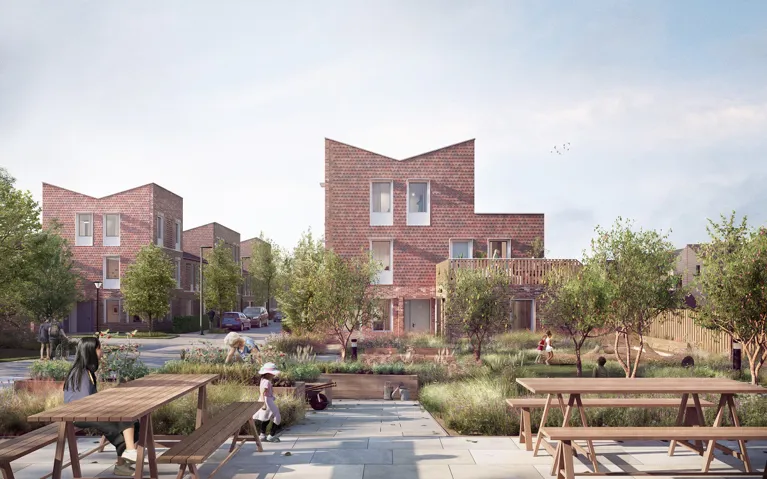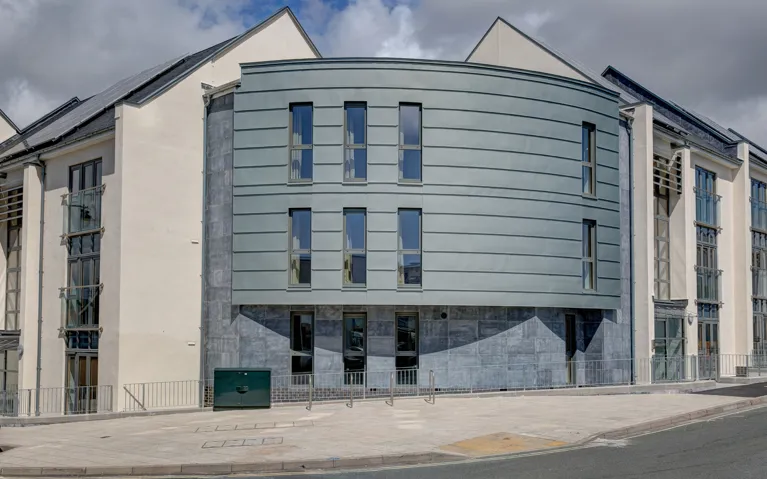An ambitious public art installation
The Illuminated River
-
Awarded2021
-
CategoryMaking towns work for everyone
-
OutcomeWinner



Proof of concept
The Illuminated River project
This award was given to the Illuminated River project, an ambitious public art installation that focuses on lighting the historical and modern bridges along the River Thames. The project aims to amplify the historic heart of London, treating its bridges as a single piece of public art.
When all phases are complete, the project will span up to 14 iconic and historical bridges along 4.5 nautical miles of the River Thames and will be viewed at least 90 million times every year.
The project will become the largest public art installation in the world, celebrating an often-overlooked part of London and celebrating the heritage and culture of the Thames. The project gives a new focus to the Thames, highlighting the importance of the river and its bridges as heritage assets. It also supports the cultural and night-time economies by providing new opportunities for walking tours and for businesses to benefit from the increased footfall.
Key Facts







Shifting perceptions of the area
How and why did the project benefit the public?
Following the illumination of phase one of the project, the Illuminated River Foundation launched a Community Fund, supporting locally generated projects, events and activities that raise awareness of local history. The projects have reached over 400 beneficiaries including 120 local primary school children and 20 volunteers. A series of events have been specifically designed to target hard-to-reach and disadvantaged groups who may not otherwise access the Thames and its bridges.
Economically, the project has a significant outreach. Two billion people will have viewed the artwork over the next ten years, supporting the cultural economy. There are dedicated walks and boat tours of the installation, generating an enhanced cultural focus and understanding of the river, delivering economic benefits by diversifying and supporting the night-time economy during the pandemic.
What were local planners looking to achieve on the project?
- To engage with community projects to provide better access to and an understanding of the historical significance of The River Thames and the bridges that cross it.
- To promote access to arts and culture for members of the community from disadvantaged backgrounds, irrespective of circumstance and gender.
- To promote the need for clean and efficient energy.
- To celebrate the different construction techniques of the individual bridges.
- To deliver inclusive, safe and resilient public realm that can be enjoyed year-round for a number of social and economic activities.

Justifying the need
How were local planners essential to the project’s success?
This was a complex and intricate project spanning 7 London Boroughs and 15 bridges (many of which are listed). 14 of the bridges fall within two different planning authorities.
While there are statutory processes for schemes of this nature, the complexity of the task required individual applications to be made for each bridge. It was therefore vital to engage early in the process and share information equally between all 7 of the Boroughs involved.
Planners were key in building and maintaining a strong and open working relationship between authorities and coordinating information to discharge conditions and secure scheme amendments.
Planners were crucial in securing common wording across the bridges to align the necessary information for approval, working with councils to vary the wording in instances where there was duplication or conflict.
Related case studies









